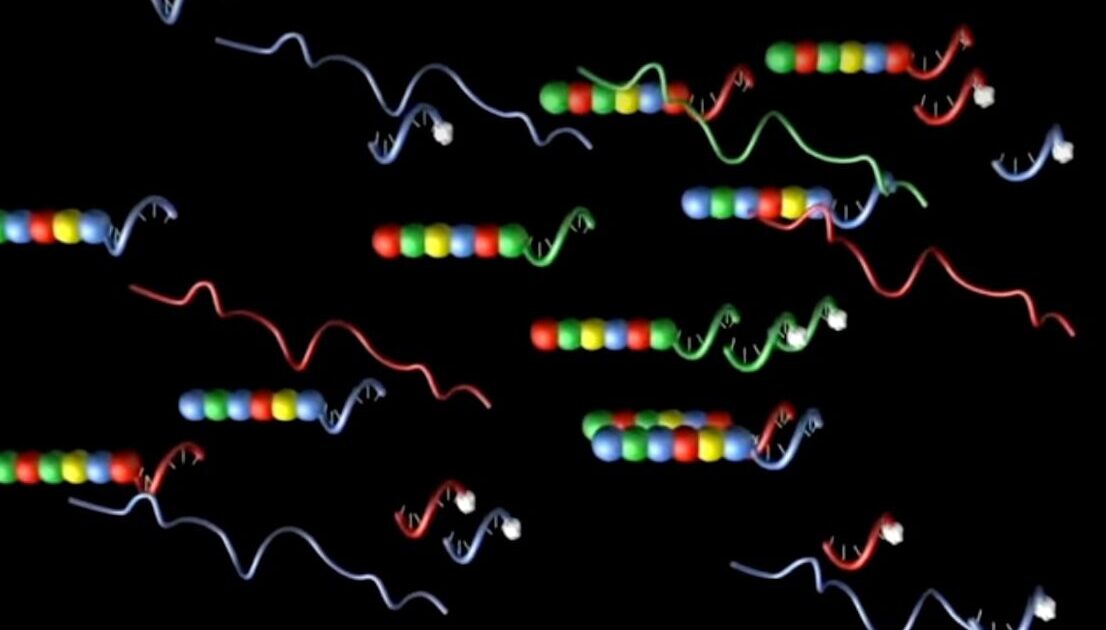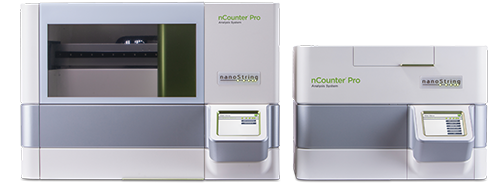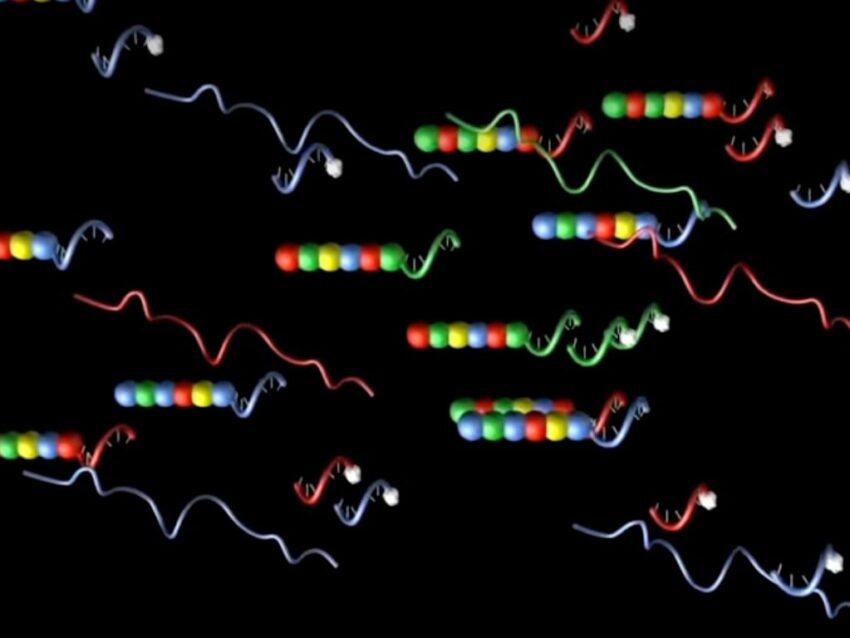
Common questions in molecular biology: What is a cell counter used for?
Cell counters are machines, typically automated, designed to count living cells quickly and autonomously. Employed in the life sciences, cell counters quantify cells for a wide range of reasons using a variety of methods to sort and count cells displaying similar properties. More commonly called cell sorters, they are an important subset of flow cytometry and are used in many basic research and clinical applications in which cells need to be identified and quantitated.
For instance, a prime example familiar to anyone who watches medical shows is the complete blood count, or CBC. CBC analysis must be done quickly and accurately for physicians to make appropriate decisions about the care of their patients, making the ability to sort and count the various blood cells automatically invaluable in a clinical lab setting. Automated counting of cells are also useful for counting other cell types, giving them an important place in basic research settings as well.
Many reasons to count cell types
Of the numerous procedures in biology and medicine that require cell counts, some of the most important applications include calculating the concentration of the various blood cells, adjusting the dose of cells administered to a cell therapy patient, and determining the concentration of pathogens in the blood when monitoring an infection.
In the laboratory setting, cell counters are used for calculating the concentration of cells for adjusting molecular biology experiment reagents, examining the growth rate of microorganisms, and calculating the fraction of dead to live cells to measure cell viability. Features vary among different automated cell counters, affecting operating parameters such as sample size, quantity and types of cells analyzed, data management, and ability to differentiate between live and dead cells. Of these parameters, one of the most critical is sample size, since it can be difficult to obtain large tissue and cell samples, especially in the clinic. Therefore, most cell counters use small sample volumes and express cell counts as a measure of concentration.
One of the most common uses of cell counters in basic research is in conjunction with cell culture experiments in cellular and molecular biology labs. A typical cell culture experiment may involve treating a specific cell type with various reagents to measure the effects using a reporter molecule that is recognized and counted by the cell counter. Cells from cell lines and dissociated tissue may also need to be sorted by type as well as counted.
Cell counter use in gene expression studies
Another common use is examining gene expression changes in a tissue, particularly in subpopulations of cells. In this case, cell sorting and counting is based on different properties of the cells, some natural and some involving use of specific probes (Silveira).
Fluorescence-activated cell sorters can be used to identify and sort cells based on almost any cellular molecule.
Automated cell counters normally use fluidics-based methods to isolate individual cells suspended in a solution after sample loading, with several types that detect a variety of properties, including cell shape, internal and external cellular structures, and cell density. Cell counters can also be used to identify and count specific cells automatically based on cellular staining, such as with fluorescent probes counted by fluorescence activated cell sorters (FACS; Bene). The attachment of fluorescent labels to a variety of probes, including monoclonal antibodies and engineered oligonucleotides, means that FACS can be used to identify and sort cells based on almost any cellular molecule, providing a very high degree of specificity to cellular identification.
A newer technology that can be used for analyzing gene expression in tissues as a measure of relative cell abundance is our nCounter Pro Analysis System. Able to screen over 800 gene transcripts at a time, nCounter Pro uses gene expression profiling as biomarkers to measure relative cell type abundance in tumors and other disease process.

Although traditional cell counters are needed for an exact count of cells, the relative abundance of a cell type coupled with biomarker gene expression profiles provide clinically relevant data for decision making. nCounter Pro is also a valuable basic research tool, providing gene expression profile and relative abundance information for comparison of various tissue conditions. Its high-throughput and high-plex capabilities combined with its minimal hands-on time and automation give nCounter Pro several advantages over other available methods. Additionally, its non-enzymatic hybridization protocol for labeling RNAs for detection with its DNA barcoding technology make nCounter Pro more robust and reliable than other cell counters.
References
Béné MC, Lacombe F, Porwit A. Unsupervised flow cytometry analysis in hematological malignancies: A new paradigm. Int J Lab Hematol. 2021 Jul;43 Suppl 1:54-64. doi: 10.1111/ijlh.13548. PMID: 34288436.
Silveira GF, J Evolution of Flow Cytometry Technology Microb Biochem Technol 2015, 7(4):213-6 DOI: 10.4172/1948-5948.1000208

Related Content



